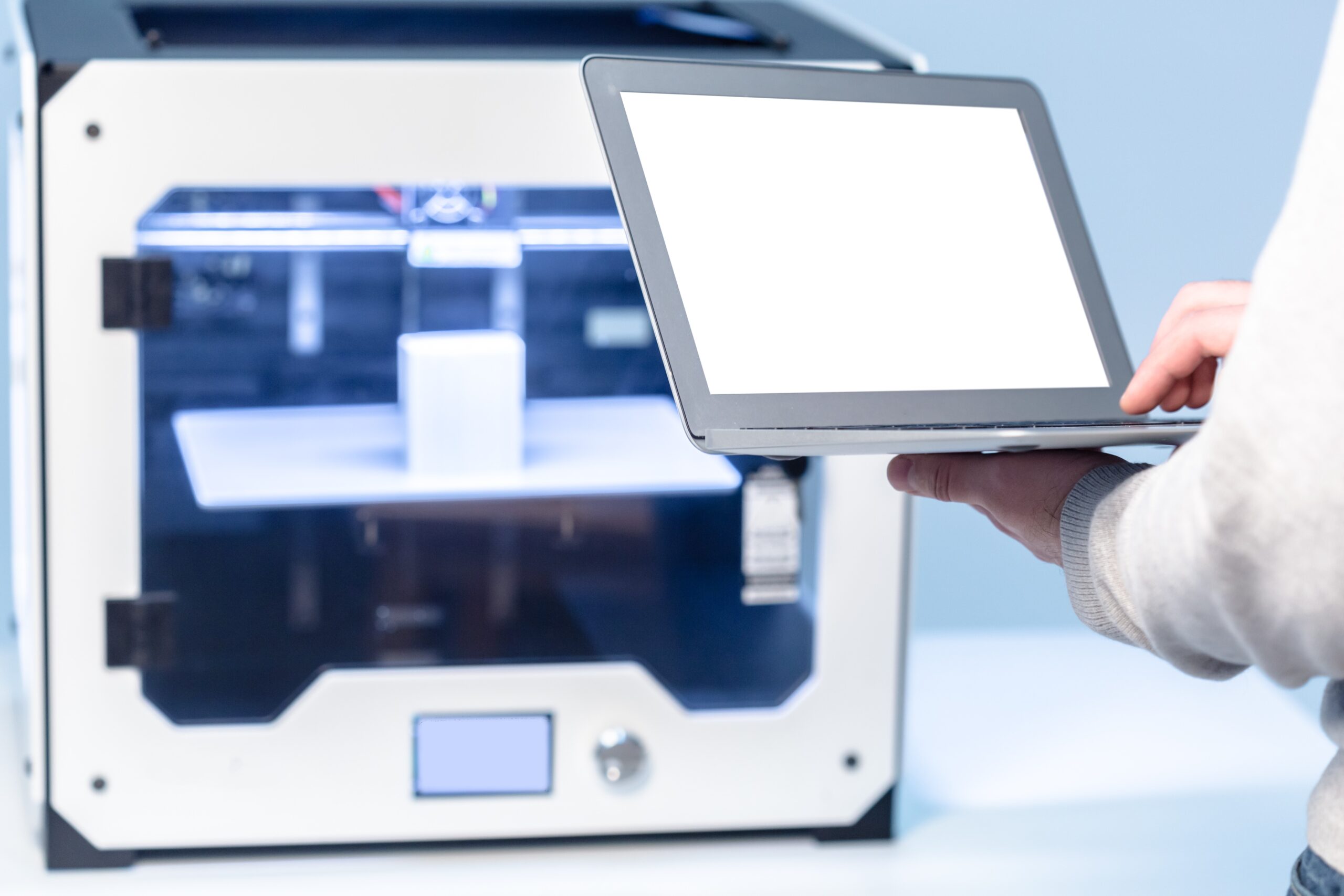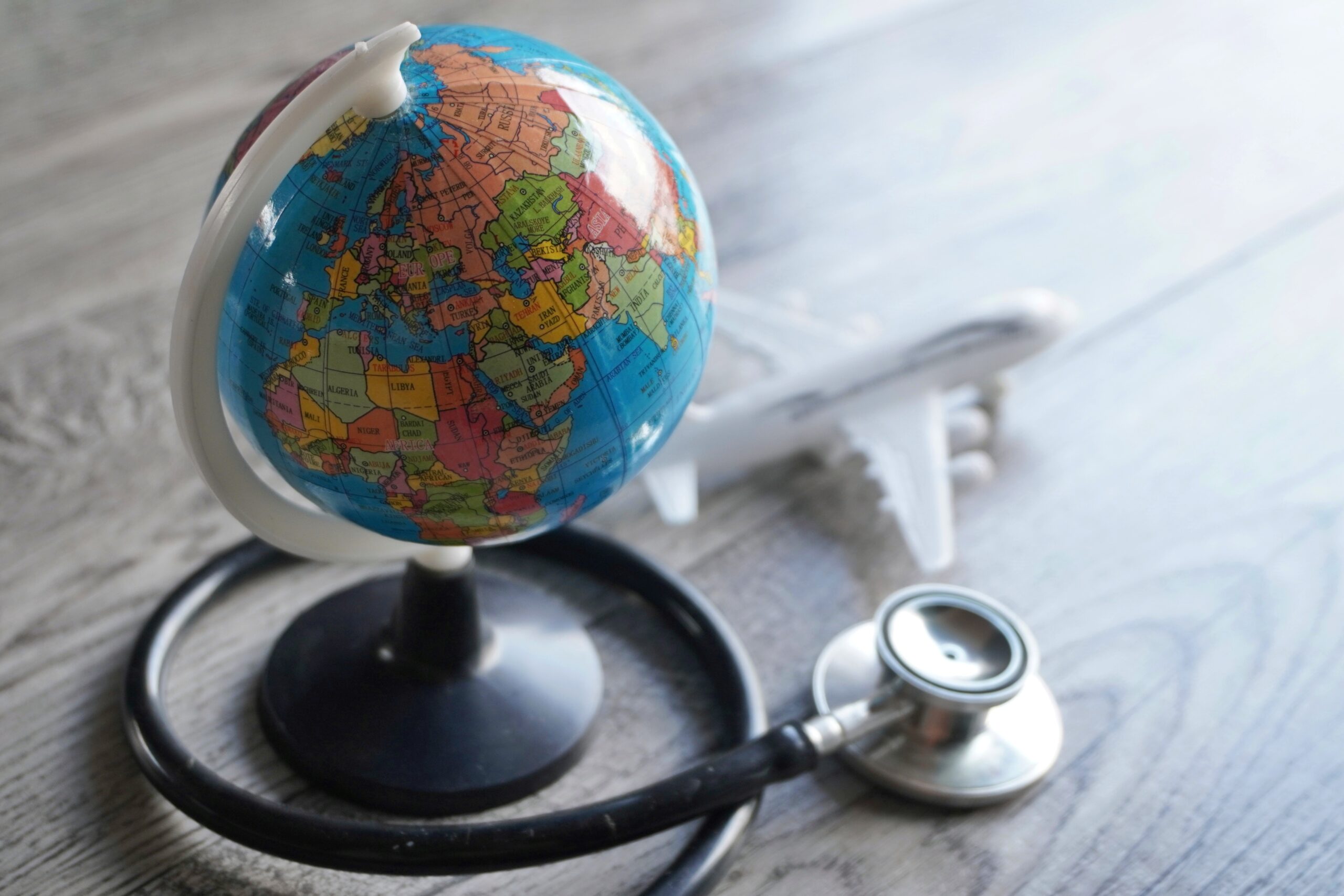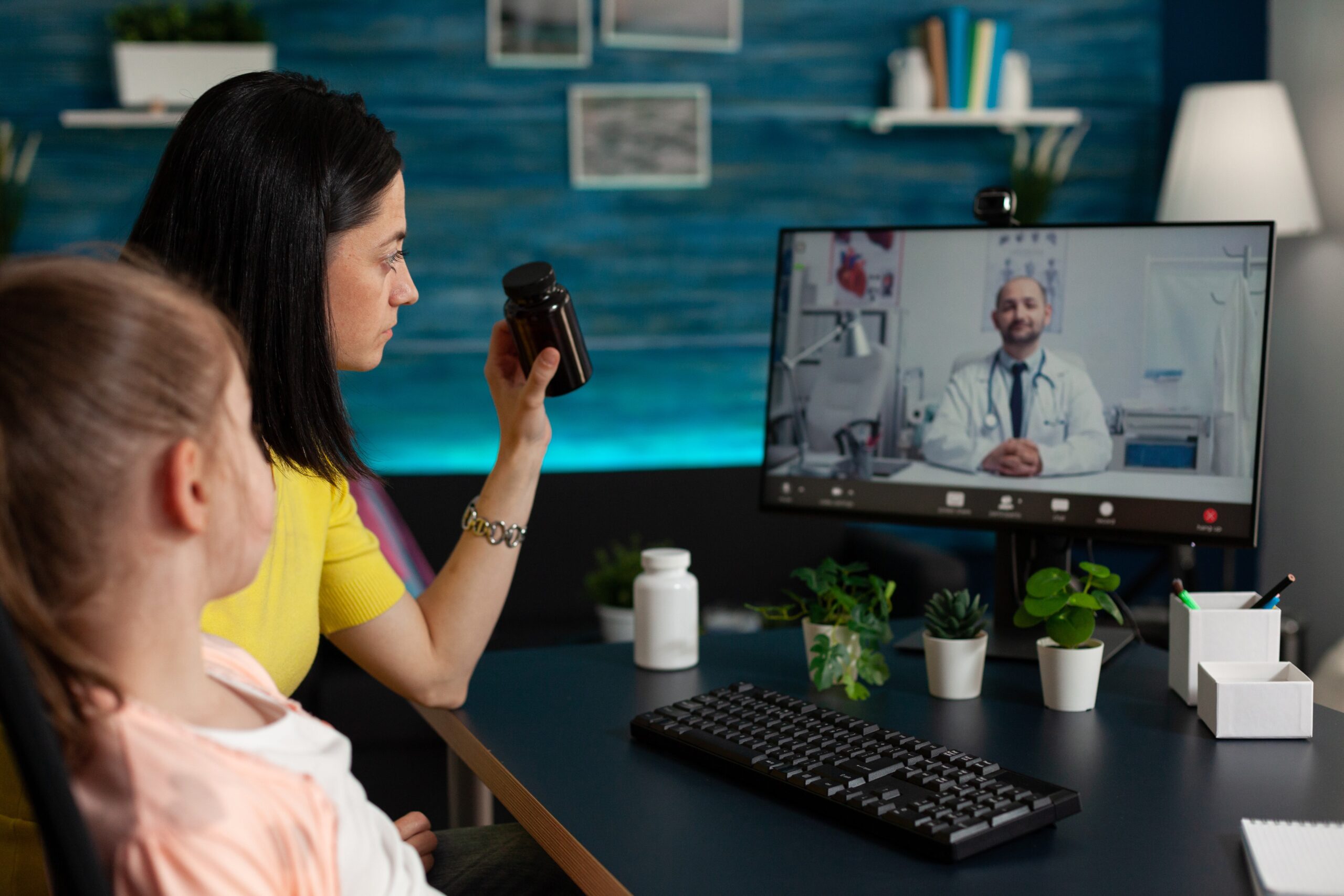The Role and Importance of Social Media in Health Tourism Marketing Health tourism is a dynamic sector that develops as patients travel outside their own countries to receive medical treatment. With increasing competition in this field, digital marketing strategies, especially social media platforms, have become indispensable tools for health tourism businesses. Social media plays a …
The Role and Importance of Social Media in Health Tourism Marketing
Health tourism is a dynamic sector that develops as patients travel outside their own countries to receive medical treatment. With increasing competition in this field, digital marketing strategies, especially social media platforms, have become indispensable tools for health tourism businesses. Social media plays a critical role in reaching potential patients, building trust, and increasing brand awareness.
The rise of digital marketing for the health tourism sector
In recent years, digital marketing has shown significant growth in the health tourism sector. The widespread use of the internet and social media has enabled patients to obtain more information about treatment options. This situation has created a great opportunity for institutions offering health tourism services to increase their visibility in digital environments. Especially when used with the right strategies, social media platforms offer high efficiency in patient acquisition by directly reaching the target audience.
The impact of social media platforms on patient and customer acquisition
Social media is an effective channel not only for attracting new patients in the health tourism field but also for developing strong relationships with existing patients. Patients make more informed decisions by following other patients' experiences, doctor promotions, and treatment processes through social media. Therefore, health tourism businesses should actively participate on social media and produce interaction-focused content. Additionally, comments and feedback on platforms are important reference sources in terms of reliability and patient satisfaction.
Social media advantages in brand awareness and trust building
In the health tourism sector, brand trust directly affects patients' preferences. Social media is an ideal environment for brands to tell their stories, share patient experiences, and showcase treatment successes. Regular and high-quality content sharing increases brand awareness while ensuring patients feel confident. Thus, health tourism businesses can stand out in a highly competitive market and establish long-term customer relationships.
Flexibility and interaction provided by social media in reaching the target audience
Social media platforms stand out with the flexibility they provide in reaching the target audience and their high interaction rates. Health tourism businesses can organize special campaigns, informative content, and live broadcasts tailored to user groups with different demographic characteristics. These methods not only attract users' attention but also allow direct feedback. In this way, both patient satisfaction increases and the quality of services is continuously improved.
Social media usage trends for health tourism in Turkey
Turkey, as a rapidly growing market in health tourism, is among the leading countries in social media usage as well. Health tourism companies in Turkey intensively use visually oriented platforms like Instagram and YouTube to highlight treatment processes and patient satisfaction. Additionally, addressing the international patient audience with multilingual content has become widespread. These trends increase Turkey’s success in the health tourism field and reinforce trust in the sector.
The impact of social media on health tourism in Turkey is not limited to patient acquisition but also positively reflects on the overall image of the sector. Therefore, it is of great importance for institutions operating in the health tourism field to continuously update their social media strategies and adopt innovative approaches.
Characteristics of the Most Effective Social Media Platforms for Health Tourism
Identifying the right social media platforms is a critical step to achieve success in the health tourism field. Each platform has unique features, ways to reach the target audience, and content formats. Therefore, health tourism institutions should carefully analyze the characteristics of platforms and shape their strategies accordingly.
Instagram: Sharing aesthetics and treatment results with visual content
Instagram is an extremely effective platform for health tourism with its high visual interaction rate and visual-focused structure. Sharing before-and-after images in fields such as aesthetic surgery, dental treatment, and dermatology plays a significant role in patients' decision-making process. Thanks to Instagram’s various formats like stories, reels, and IGTV, patients' treatment processes can be explained in detail and impressively.
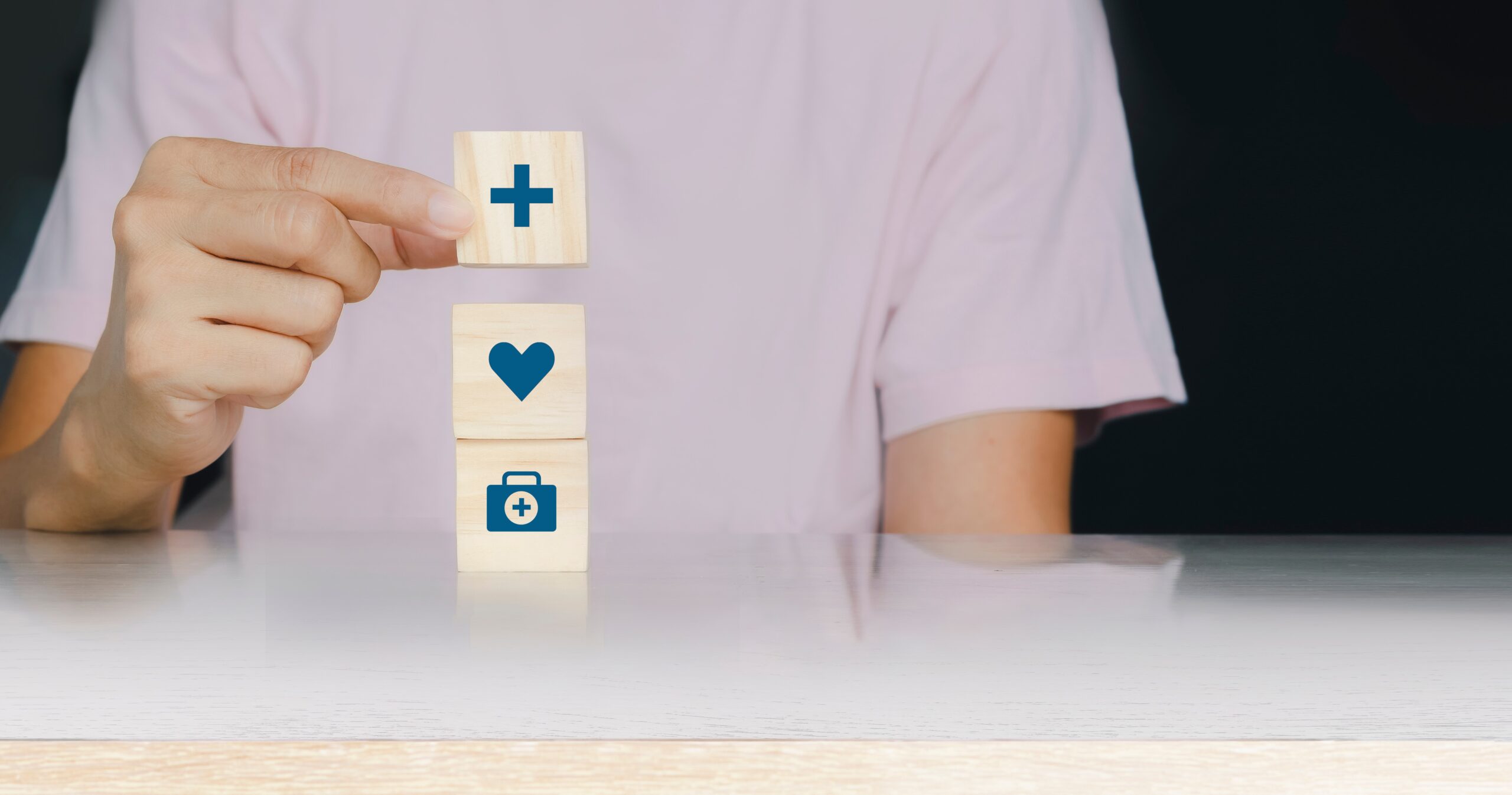
Additionally, Instagram offers an ideal channel to reach potential patients in the young and middle-aged groups. Interactive polls, Q&A sessions, and live broadcasts enable direct communication with followers. This is an important advantage in terms of building trust.
Facebook: Large user base and community building through patient reviews and groups
Facebook is one of the social media platforms with the largest user base worldwide and continues to be an important medium for health tourism. The detailed patient reviews and rating systems offered by the platform positively influence potential patients' decision-making processes.
Facebook groups are excellent for creating communities focused on specific diseases or treatment types. These groups allow users to share experiences, provide mutual support, and enable health tourism service providers to communicate directly. Thus, interaction is increased while a natural sense of community is created.

YouTube: Treatment processes, doctor introductions, and patient experience videos
YouTube is one of the most effective platforms for health tourism where visual and auditory content can be presented in long formats. Videos showing treatment processes step by step, introductions explaining doctors' specialties, and content sharing real patient experiences play a major role in gaining potential patients' trust.
High-quality and informative videos published on YouTube also hold high value in terms of SEO. Optimized content to rank high in search engines strengthens the promotion of health tourism services. Additionally, video content can be used as supportive material in social media campaigns.
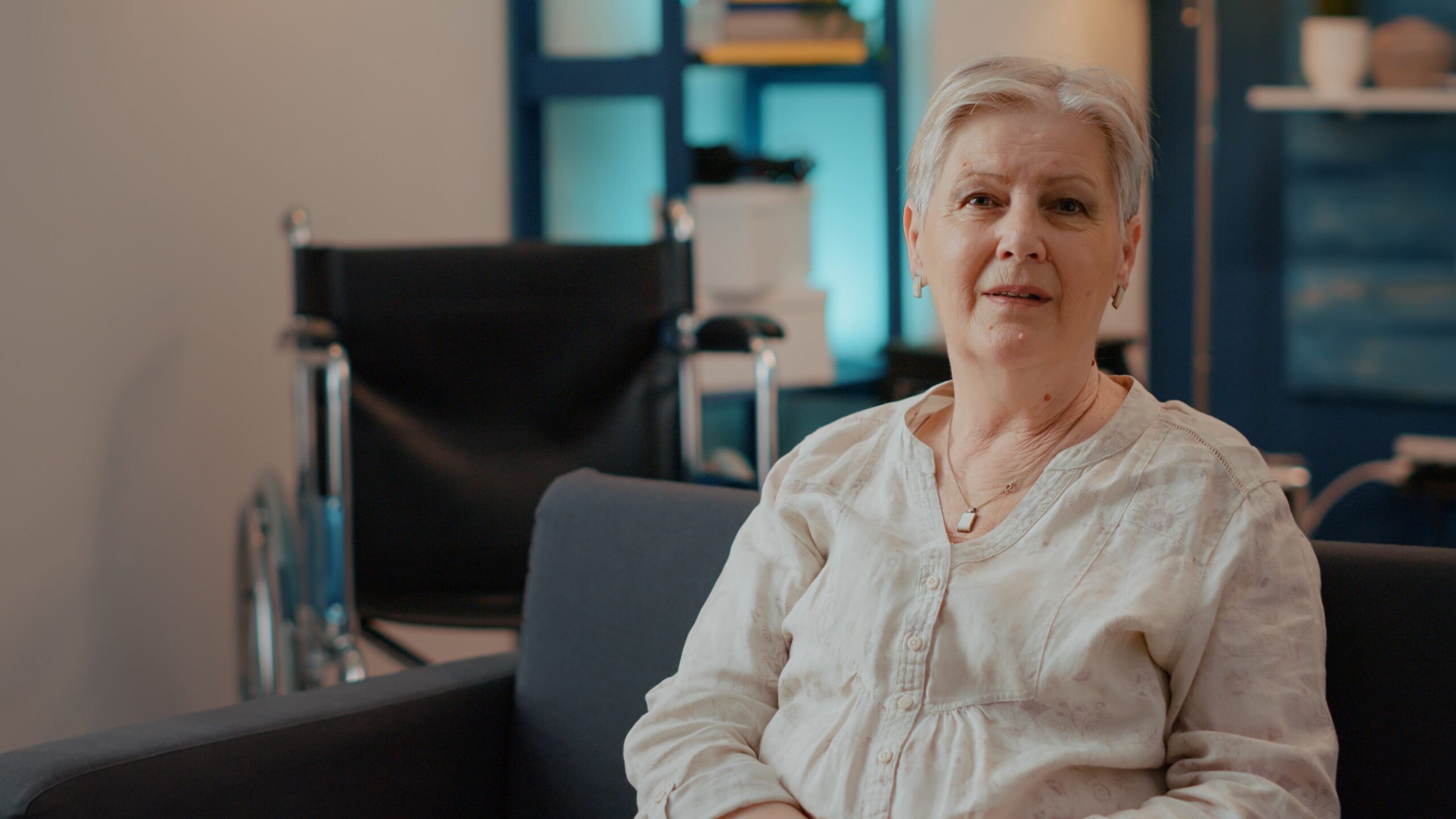
LinkedIn: Professional collaborations and communication with health tourism sector stakeholders
LinkedIn is an ideal platform for establishing professional relationships and collaborations in the health tourism sector. A strong communication network is created among clinic managers, doctors, travel agencies, and other sector stakeholders. Sectoral news, success stories, and collaboration announcements shared on this platform strengthen brands' corporate image.
Posts shared via LinkedIn increase the perception of expertise and reliability in the health tourism field. Moreover, it is a strategic tool to create new business opportunities and develop international partnerships.
Twitter: Current health tourism news and fast customer service
Twitter enables instant sharing of current news, event announcements, and campaign information in the health tourism field with its fast information flow and short message format. It is an important platform for following live developments and announcing innovations in the sector.
At the same time, Twitter has become an effective customer service channel where patient questions and complaints can be responded to quickly. Thus, health tourism service providers can instantly increase customer satisfaction and reinforce their reliability.
TikTok: Short, impactful health content targeting young audiences
TikTok is an extremely effective platform especially for reaching young and dynamic audiences with its short video format. In the health tourism sector, it offers a creative space for summarizing treatment processes quickly and entertainingly and creating awareness-raising content.
TikTok’s viral potential allows health tourism brands to reach wide audiences with the right content. Influencer collaborations on this platform can significantly increase brand visibility and engagement. Thus, strong bonds can be established with new-generation patients.
These platforms offered by social media in the health tourism field are powerful tools serving different purposes. With the right platform choice and appropriate content strategies, the success rate increases exponentially.
Social Media Strategies and Content Types for Health Tourism
Effective use of social media in the health tourism field is possible with the right strategies and content types. To gain the trust of potential patients, increase brand awareness, and maintain continuous engagement, content diversity and interaction-focused approaches are critically important. This section details the strategies that health tourism institutions should pay attention to in their social media plans and the preferred types of content.
Sharing patient experiences and success stories
One of the most convincing types of content for social media users is real patient experiences and success stories. These kinds of shares, which have a direct impact on building trust, reveal the journey from the beginning to the end of the treatment process and the results achieved. Pre- and post-surgery photos, video interviews, or written testimonials of patients reduce potential patients' concerns and create a positive perception of health tourism services.

These contents also contribute to health tourism institutions in creating brand loyalty. Additionally, the shared success stories go viral among social media users, increasing organic reach. The sincere and transparent transmission of patient experiences strengthens the competitive advantage in the sector.
Increasing interaction with live broadcasts and Q&A events
One of the most effective ways to increase interaction is to organize live broadcasts on social media. In the health tourism field, such broadcasts are an excellent opportunity to explain treatment methods with the participation of expert doctors, answer frequently asked questions, and directly meet patient expectations.
Through live broadcasts, one-on-one communication with potential patients can be established, thus reinforcing trust in the brand. Q&A events instantly address patients' concerns and demonstrate that health tourism services are transparent and accessible. This method is also positively received by social media algorithms and helps content reach wider audiences.
Educational content: Treatment processes, health tips, before-and-after visuals
Educational content stands out in the health tourism sector as both informative and trust-building shares. Infographics detailing treatment processes, health tips, topics patients should pay attention to, and before-and-after visuals help patients make informed decisions.

This type of content allows health tourism institutions to showcase their expertise and strengthens their authority position in the sector. At the same time, users are encouraged to interact with the content, comment, and share. Educational posts not only increase brand prestige on social media platforms but also create positive effects in terms of SEO.
Collaborations with influencers and health professionals
Collaborations with social media influencers and health professionals significantly increase the impact of health tourism campaigns. The right choice of influencers enables direct access to the target audience and rapidly raises brand awareness. Shares made with individuals recognized in the health and wellness fields are highly valuable in terms of gaining patients' trust.
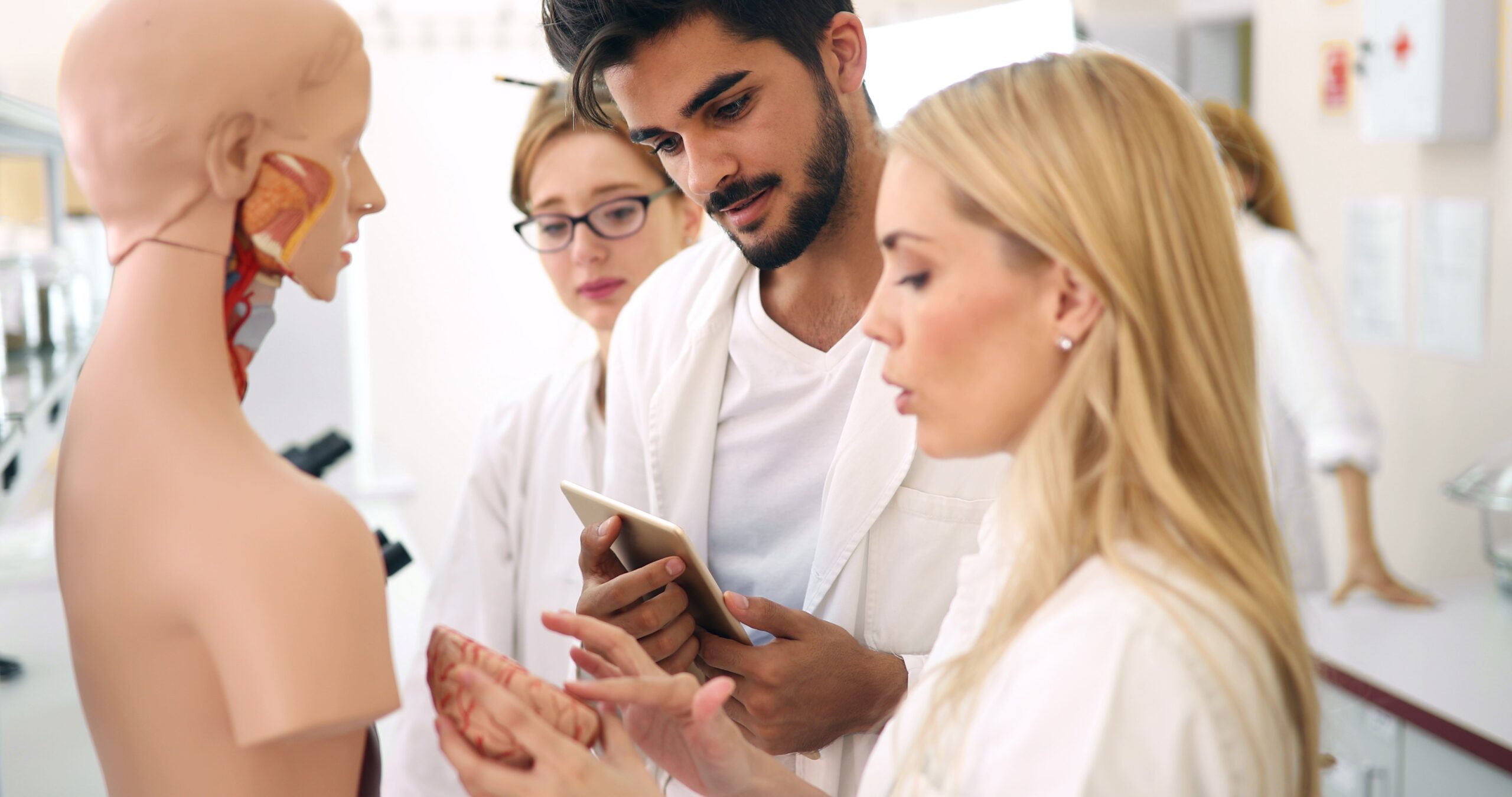
The active participation of health professionals on social media allows expert opinions about treatment processes to be communicated. Thus, the scientific and professional infrastructure of health tourism institutions is emphasized. Influencer and professional collaborations expand the scope of social media campaigns while helping to establish stronger emotional bonds with the target audience.
Optimizing social media advertising campaigns according to the target audience
In a successful health tourism social media strategy, optimizing advertising campaigns for the right target audience is a critical element. Campaigns created by analyzing demographic characteristics, geographic location, interests, and user behaviors ensure effective use of the advertising budget.
Advanced advertising management tools of platforms like Facebook, Instagram, and YouTube facilitate health tourism institutions' reach to potential patients. Targeted ads increase conversion rates and maximize return on investment. Continuous monitoring and analysis of campaign performance allow for strategy updates.
International patient attraction strategies with multilingual content
Since health tourism is a global market, preparing social media content in multiple languages provides a great advantage. Offering content in languages such as English, Arabic, Russian, and German allows patients to receive information in their own languages. This approach increases international patient traffic while demonstrating respect for cultural differences.
Multilingual content expands organic reach on social media platforms and increases interest in the brand from patients coming from different countries. At the same time, it improves patient satisfaction and communication quality, contributing to the global recognition of health tourism services.
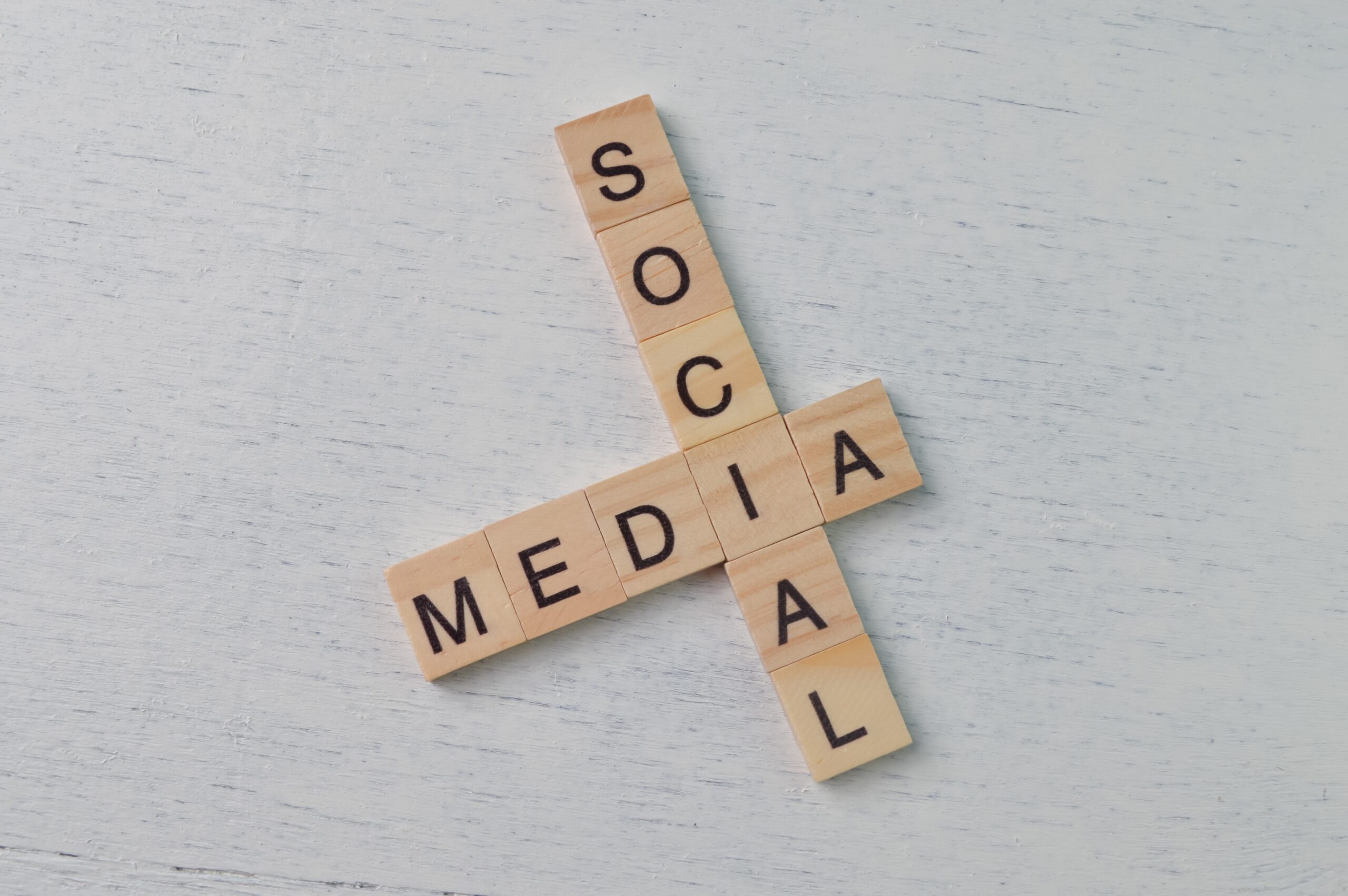
These strategies and content types serve as a guide for institutions that want to effectively harness the power of social media in the health tourism sector. With proper planning and implementation, social media becomes an indispensable tool in patient acquisition and enhancing brand value.
Methods for Measuring and Improving Social Media Performance in the Health Tourism Sector
To maximize the opportunities offered by social media platforms in the health tourism sector, it is essential to regularly measure and analyze performance. This way, it becomes clear which strategies work, which content attracts more attention, and the return on investment (ROI). Health tourism institutions should use the right tools and methods to continuously improve their social media activities.
Tracking interaction and reach with social media analytics tools
Today, most social media platforms offer advanced analytics tools tailored for businesses. Through these tools, interaction metrics such as the number of reach, likes, comments, and shares can be monitored in detail. In the health tourism field, this data reveals which content patients are more interested in.
For example, Instagram’s Insights section or Facebook’s Business Suite tool shows the performance of posts in real time. YouTube Analytics reports video watch times, subscriber gains, and demographic information. Based on this data, low-impact content is revised and social media strategies are optimized. Continuous data tracking is indispensable for strengthening the digital presence of health tourism brands.
Determining which platforms provide the highest conversion
As important as interaction and reach on social media is the conversion rate. For health tourism businesses, conversion usually occurs through actions such as making appointments, sending consultation requests, or filling out contact forms. Therefore, identifying which platform provides the most conversions is critical for the proper allocation of resources.
Tools like Google Analytics and Facebook Pixel are used to measure the traffic directed to the website from social media campaigns and their conversion rates. For example, by comparing the appointment rates of users coming from Instagram images and stories with those from Facebook ads, the most effective platform can be determined. Thus, health tourism institutions can direct their budgets to the most efficient platforms and increase the return on investment.
Strategy revisions based on content performance
Measuring social media performance requires continuous updating of content strategies. Different content types may yield different results in the health tourism field; for example, video content may receive more interaction, while written posts may be more prominent in providing information. According to analysis results, it is determined which content receives more likes, comments, or shares.
With the obtained data, the social media calendar can be replanned, and the timing and frequency of content publication optimized. Additionally, low-performing content formats are either improved or removed. This dynamic approach ensures that health tourism brands remain current and effective on social media. Performance-based strategy revisions make success sustainable in this highly competitive sector.
Evaluating user comments and feedback
User comments and feedback on social media platforms are an invaluable source of information for health tourism. Reviews sharing patients’ experiences serve as references for potential patients and guide businesses to improve service quality. Therefore, comments must be regularly monitored and analyzed.
Positive comments can be shared on social media accounts to increase brand trust. Negative feedback should be responded to quickly and with a solution-oriented approach. This minimizes patient dissatisfaction and creates a positive image through social media. For health tourism organizations, active feedback management is critical for strengthening customer relations and increasing brand loyalty.
Advertising budget and ROI (Return on Investment) analysis
Social media advertising is an important tool that accelerates patient acquisition in the health tourism sector. However, effective use of the advertising budget and accurate analysis of the return on investment (ROI) are necessary. Health tourism businesses must closely monitor campaign performance to ensure they get value for every budget unit spent.
Comparing advertising expenses with conversion rates provides the basic data for budget optimization. For example, if an Instagram ad campaign achieves high reach but low conversion, the strategy should be reconsidered. ROI analyses guide the planning of future advertising investments. A return-on-investment-focused approach ensures the sustainability of health tourism social media marketing.
Systematic measurement and analysis of social media performance directly affect the success of digital marketing in the health tourism field. Therefore, the effective use of professional analytics tools and data-driven decision-making by institutions play a decisive role in gaining a competitive advantage in the sector.



